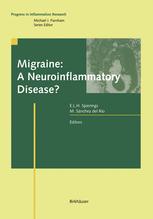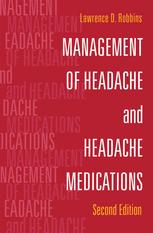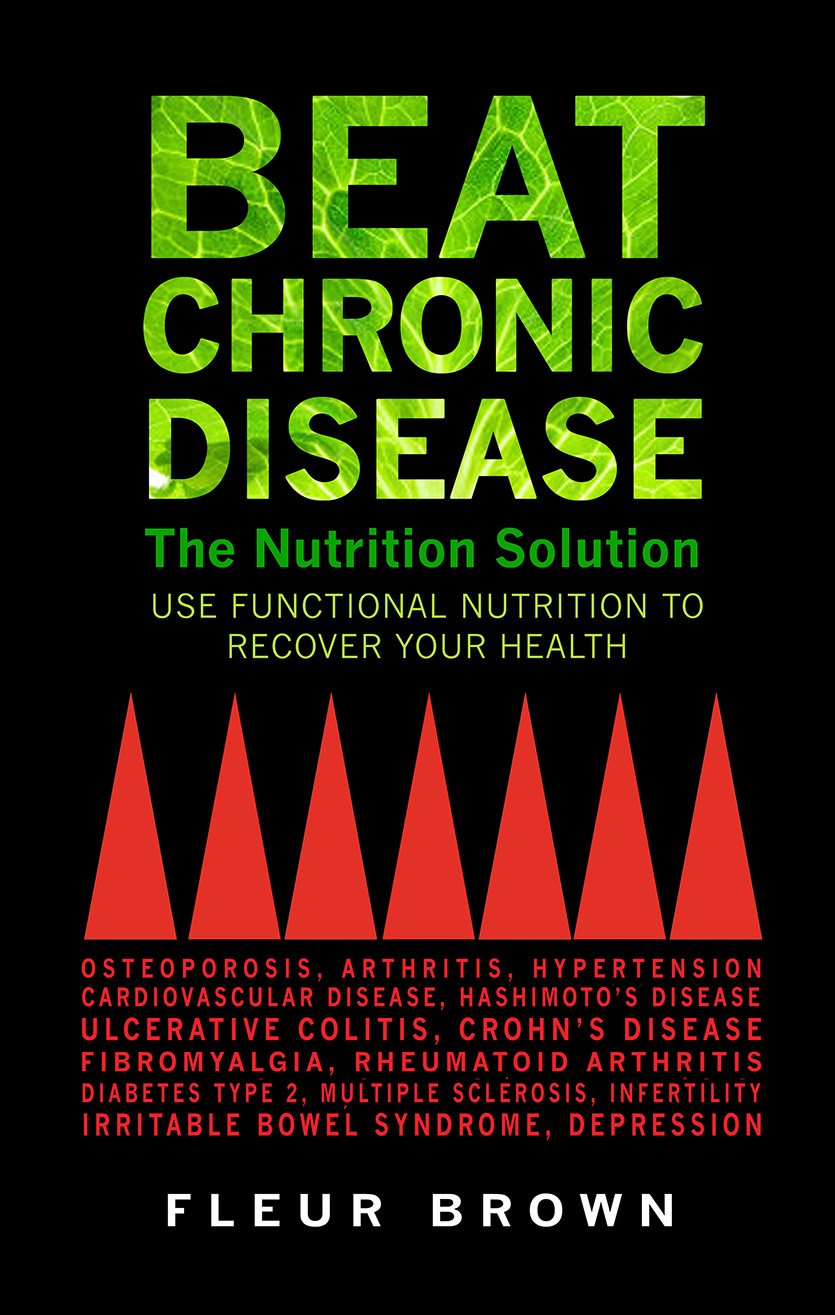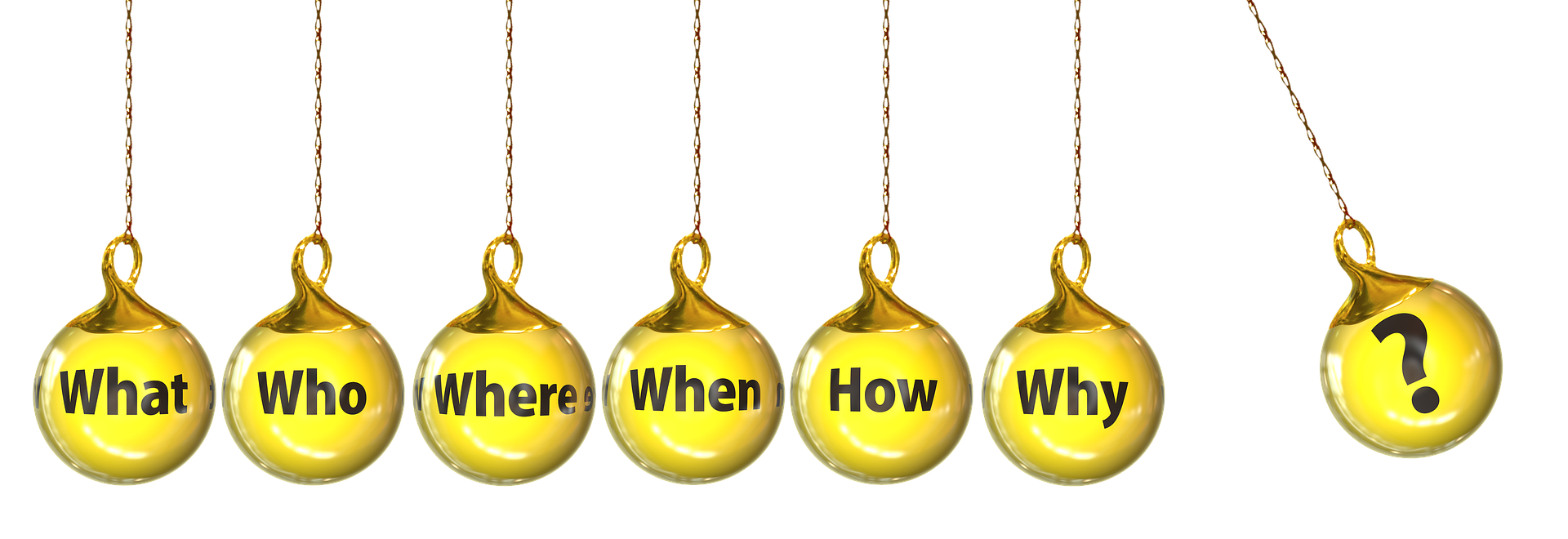
Anti-migraine medical devices will grab 5% market share in the United Kingdom and 3% in Germany in revenues in 2022
Whilst medical devices will gain two percentage points versus therapeutic drugs from 2018 to 2022 in terms of market share revenues for the total UK and German anti-migraine markets, CRLifeSc predicts that medical devices will lose two percentage points to grab only 7% of the total market to treat migraine in the United States.
During 2017 the medical devices market for the treatment of migraine in Germany has been able to seize approximately 1% share. Meanwhile the UK market for this type of devices has generated twice as much revenues to get 3% share. These devices are mainly available through specialist clinics and neurologists.
Anti-migraine medical devices face significant challenges and many opportunities

93% of revenues are expected to be generated by therapeutic drugs in 2022 in the United States. Abortive drugs (analgesics and antiemetics, specific antimigraine drugs, and more innovative medicines) will still lead the market. Anti-CGRP monoclonal antibodies and gepants together with new preventive drugs will help to drive the anti-migraine therapeutic drugs market. Expected high prices for these innovative products has become a major concern for government payors and insurance companies.
CRLifeSc estimates that neurostimulators and intraoral devices will have growth rates above 16% in revenues by 2022, but still according to the market neurostimulators may be underperforming.
Currently approved anti-migraine medical devices mainly target non-invasive Vagus Nerve Stimulation (VNS), Trigeminal Nerve Stimulation (TNS) and Transcranial Magnetic Stimulation (TMS), but Cranial Electrotherapy Stimulation (CES) devices and Vestibular Neurostimulators could also enter this market. Other invasive devices aiming at occipital nerves, trigeminal nerves, sphenopalatine ganglion, vagus nerve and spinal cord are also under study.
If you want to know more about this market you can follow this link.


Disclaimer
We are not financial advisors. The content on this article and website are for educational purposes only and merely cite our own personal opinions. In order to make the best financial decision that suits your own needs, you must conduct your own research and seek the advice of a licensed financial advisor if necessary. Know that all investments involve some form of risk and there is no guarantee that you will be successful in making, saving, or investing money; nor is there any guarantee that you won’t experience any loss when investing. Always remember to make smart decisions and do your own research!
Any information regarding intellectual property (patents, copyright, etc.) are exclusively intended to be educational and in no way should be construed to be legal advice. Please consult a patent attorney or patent agent in order to obtain legal advice.

